Items of necromancers from Roman times are found in Jerusalem cave (photo)

The Cave of Tehomim, located in the Jerusalem Mountains, most likely once served as a ceremonial place where people communicated with the dead in the hope of learning about the future.
This conclusion was reached by the authors of a new study published in the Harvard Theological Review, iflScience reports.
Scientists describe the Teomim Cave as a possible "portal to the underworld". The authors suggest that it could have been used for "secret rites related to necromancy and communication with the dead".
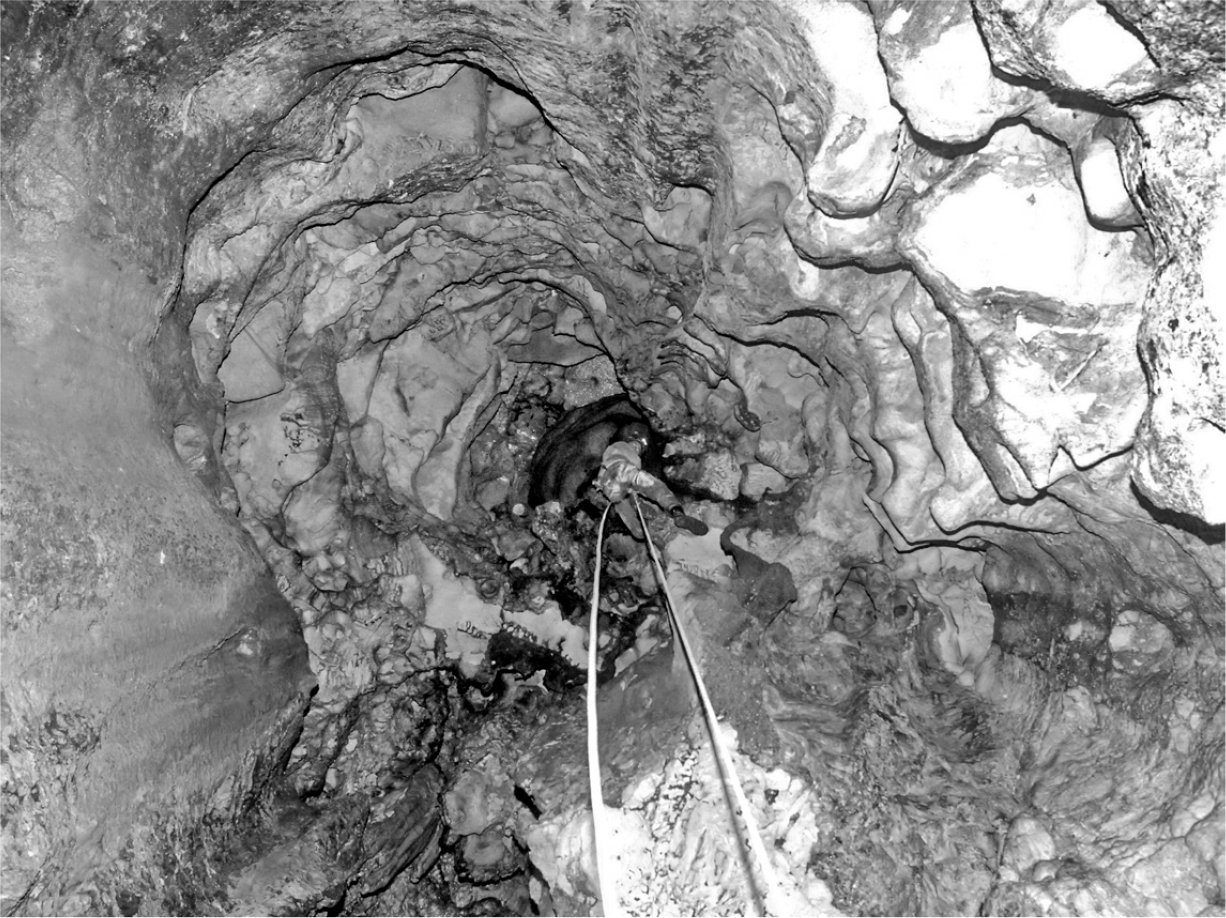
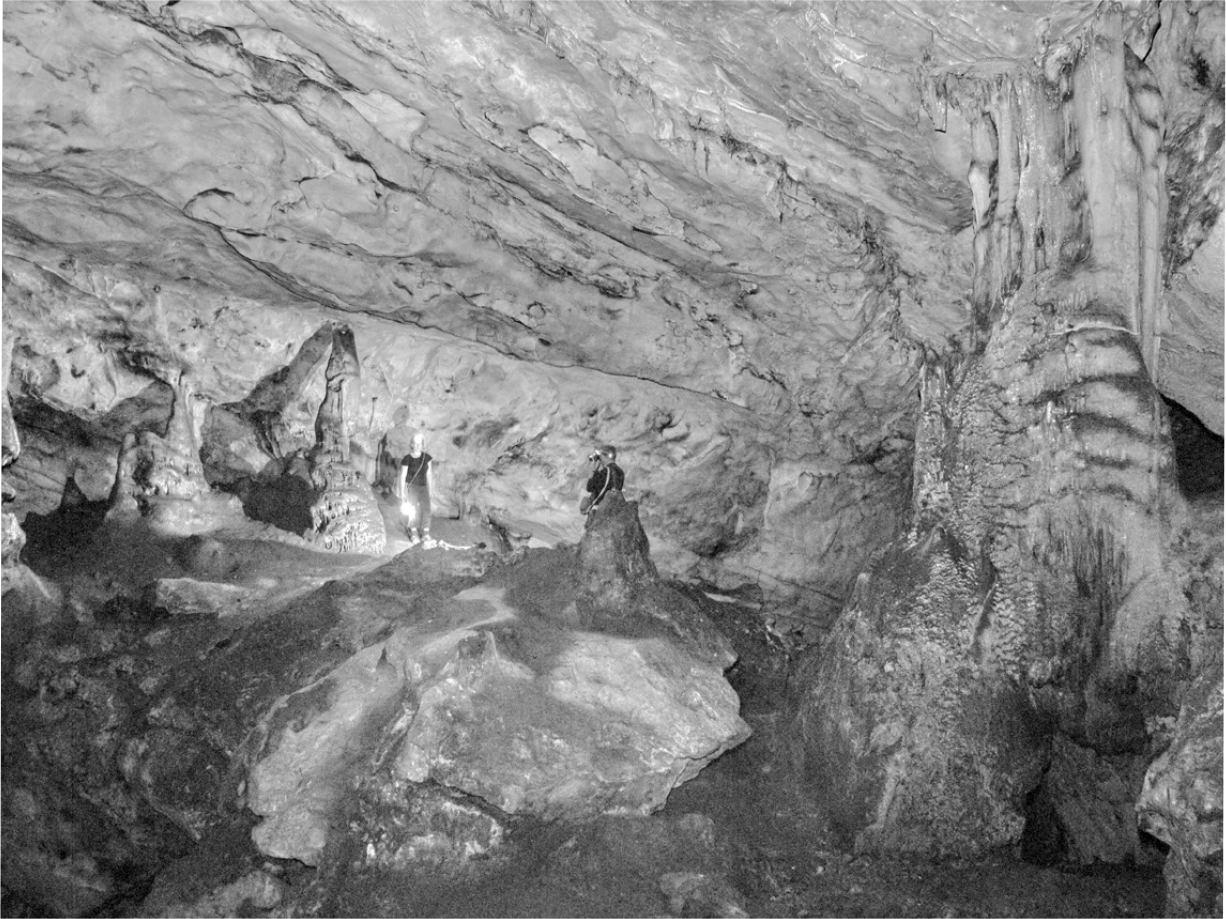
"These rites were usually performed in tombs or funerary caves, but sometimes they took place in what is known as an 'oracle of the dead'. These shrines were usually located in caves or near water sources, which were considered portals to the underworld," the researchers explain.
Read also: A 2500-year-old ship filled with amphorae was found in Greece
Interestingly, evidence from the nineteenth century shows that even then the locals attributed healing properties to the water from the Theomimus Cave. Recently, archaeologists have discovered Roman-era objects hidden in secluded corners of the cave. These things were most likely used to communicate with the dead.
"In some crevices, clusters of oil lamps, weapons and clay vessels from earlier periods have been discovered. Human skulls were often found next to these objects," the authors of the study write.
Although it is difficult to interpret the function of these ancient objects, the researchers explain that "human skulls were used throughout the Roman Empire, including in and around Palestine, in necromancy rituals and communication with the dead." Just like oil lamps, participants of the ceremonies tried to predict the future by the shape of the flame.
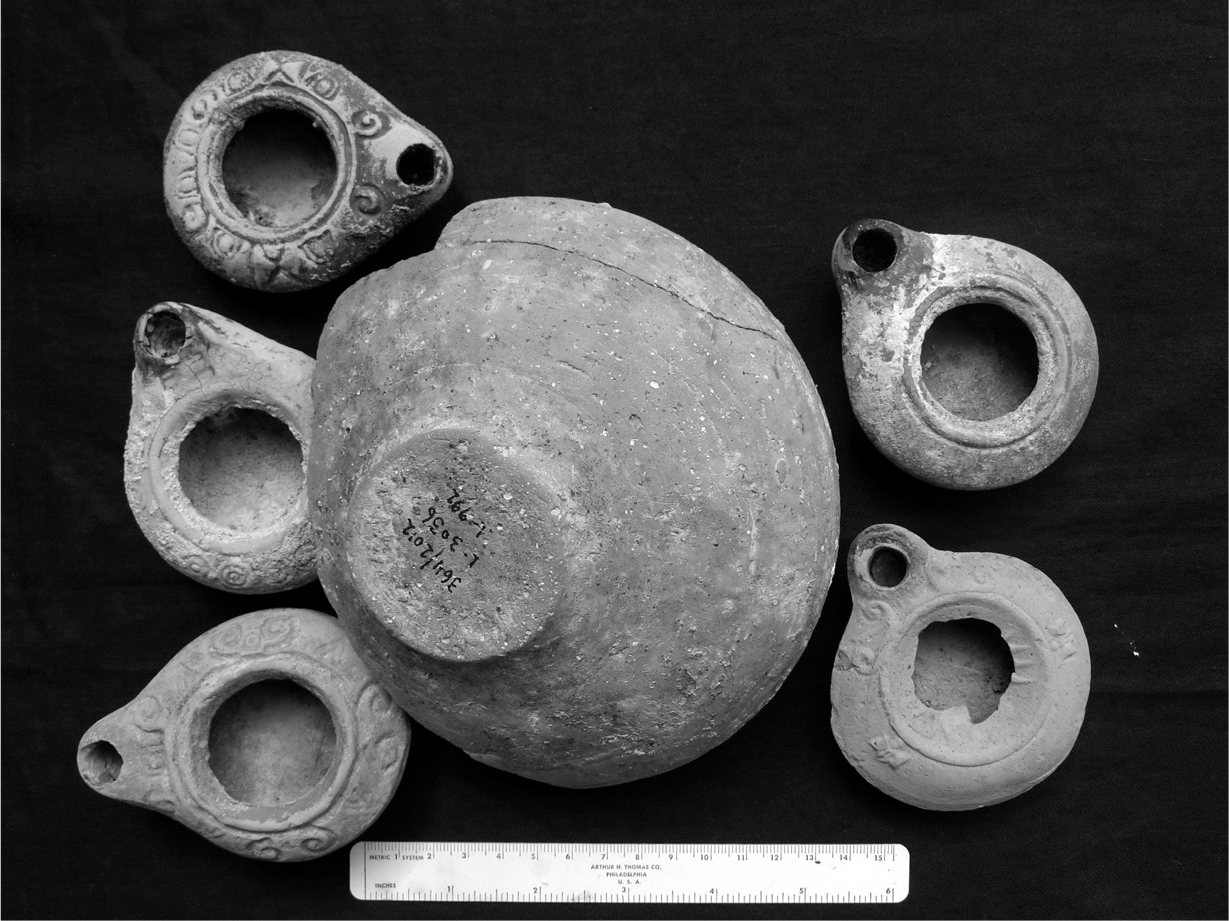
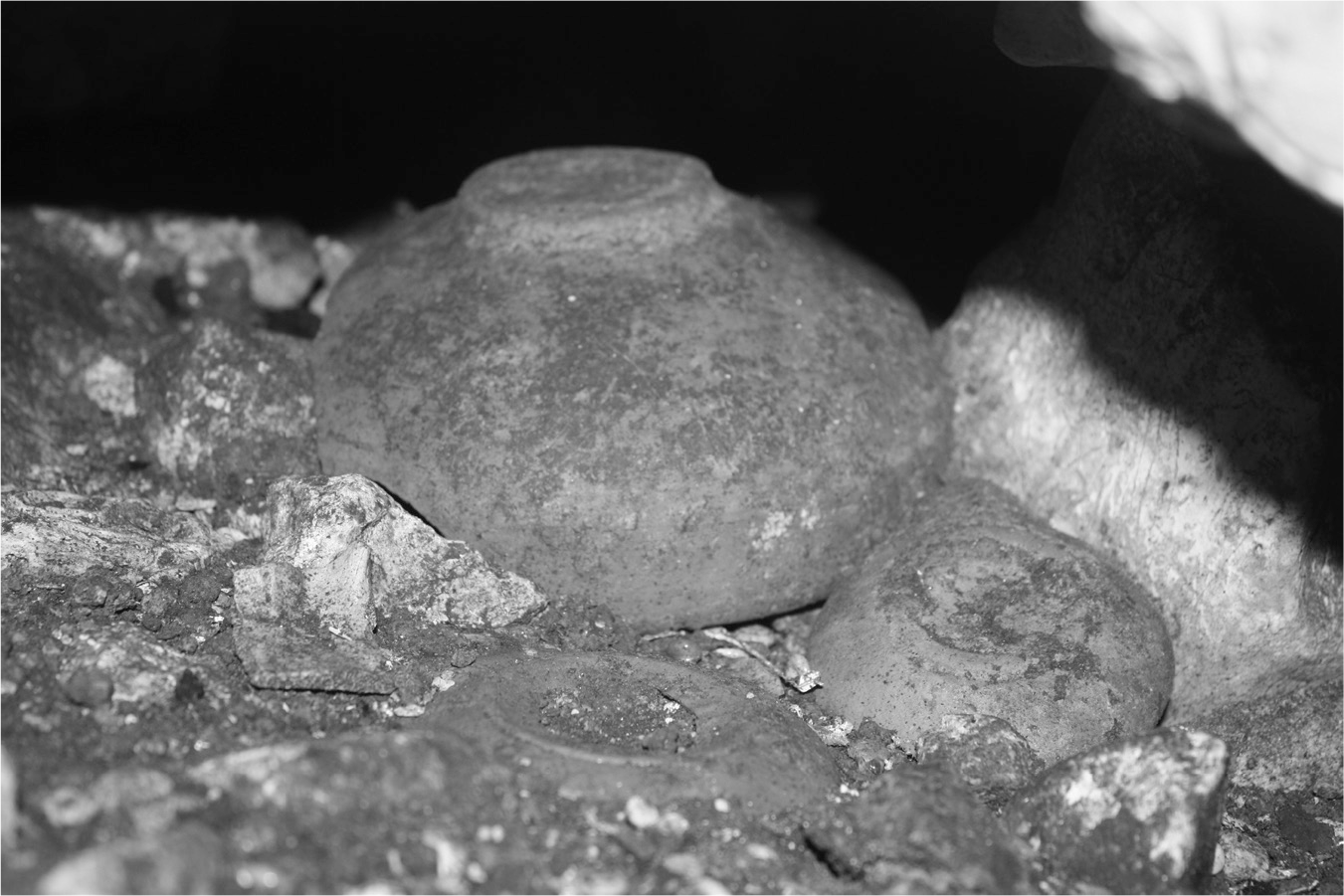
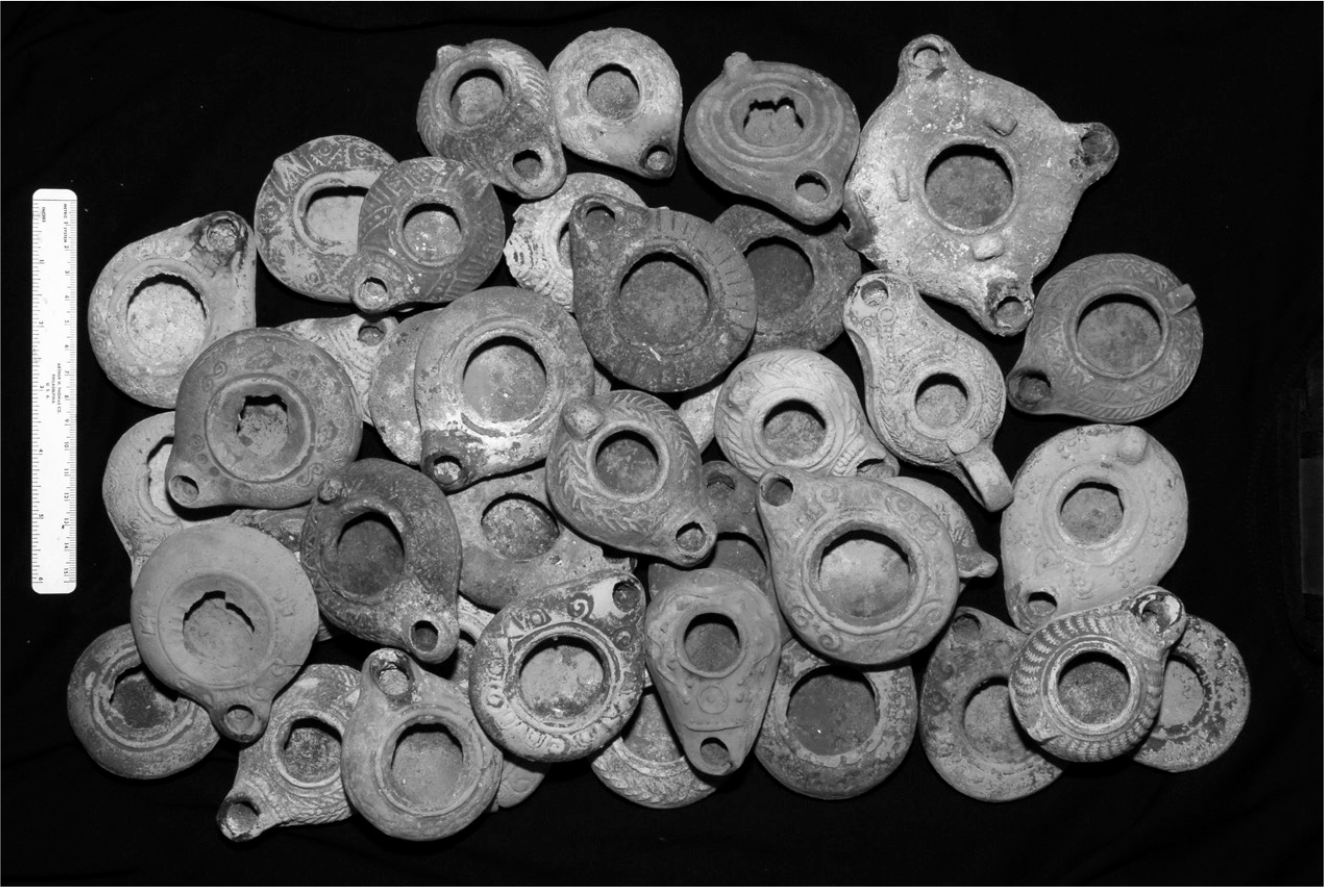
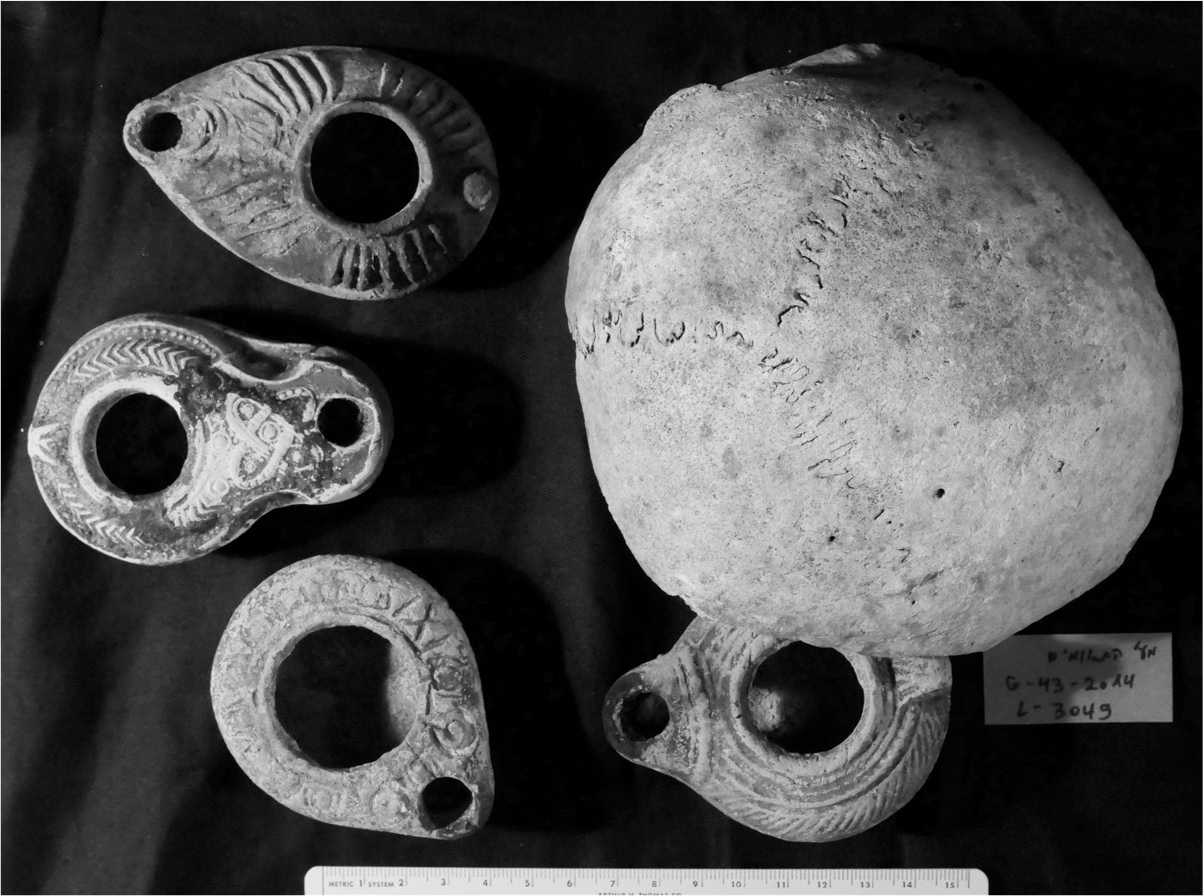
In addition, the authors of the study highlight numerous historical sources that refer to the belief that spirits were afraid of metal, especially bronze and iron. Therefore, it is assumed that the presence of swords and other weapons may have been to "protect the believer from evil spirits".
"In the light of all this, we can assume with due caution that necromancy rituals were performed in the cave of Theomimus in the late Roman period, and that the cave could have served as a local oracle," the researchers concluded.
This discovery is new evidence that necromancy was a widespread practice in the Roman Empire. It also sheds light on the religious beliefs of people living in Jerusalem at the time.
As a reminder, an early Iron Age cemetery containing rare artefacts was found in Austria.
If you want to get the latest news about the war and events in Ukraine, subscribe to our Telegram channel!
